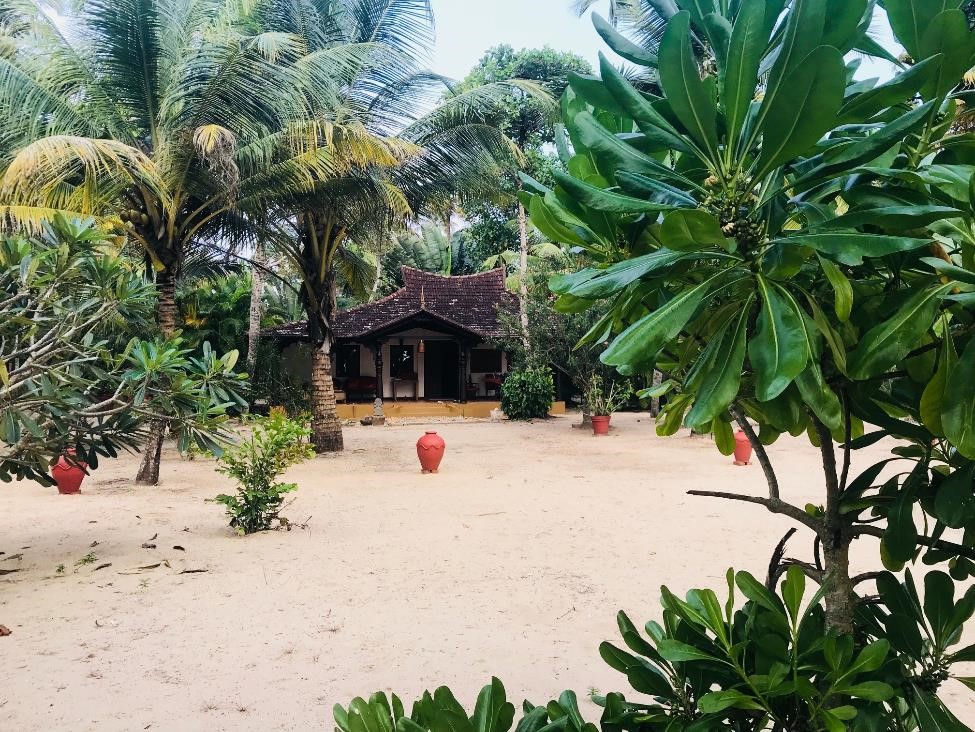India Travel Tips
Heading to India? Some things you should know first...
These are the tips I would want someone to give me if I were about to visit to India for the first time, compiled after my 4 months there.
The man who bought my SIM card, also a talented Nepali flute player.
THE TOP TWO:
- 1) Unless your goal is to dive completely off the grid and disconnect from all of humanity and you will never need to check a map for directions, look up any information online or communicate with anyone, buy a local SIM card. I recommend Jio; they’re the most reliable and have the strongest signal. This is the best thing you can do in India. For 500 rupees (about US$8) you can get a card which gives you 4 months worth of local texting and calling plus 1GB of data per day. (Yes, per day.) You can also use the hotspot to give wifi to your other devices. Finding decent wifi in India is like finding a diamond if you rely on restaurants and hotels – “Signs showing wifi signify a possibility but not a promise” - so this is probably the best $8 you will ever spend. Depending on where in the country you are, you will need to jump through different sets of hoops to get that SIM card, just because India thrives on making everything as complicated as possible. In Delhi you have to provide a copy of your passport and 2 passport size photos. In Dharamsala, they won’t sell you a SIM unless you have an Indian ID card, so you need to find someone local to go with you to buy it. I paid 100 rupees (about $1.80) to a nice kiosk owner who kindly went with me to buy one.
- 2) Never go anywhere without Kleenex. Especially if you’re a woman. Restaurants often don’t provide toilet paper in their bathrooms, and some ashrams and Vipassana centers don’t either.
GETTING CASH:
- You’ll need a lot of cash – especially if you’re going to smaller villages – since most shops, restaurants, rickshaw drivers and small businesses don’t take cards. You’ll get the best rate by bringing dollars (or whatever your local currency is) with you and exchanging them in the city, vs. making withdrawals from the ATM and paying your bank fee plus the local bank fee. Most of the ATM’s have a limit per withdrawal of about $160 per transaction. My fees each time were $5 from my bank and about $4.50 from the local bank, or about 6%.
- You might want to walk around and compare the rates of several different currency exchange places – some of them offer better rates than others.
- Western Union was a better option than ATM’s – they had no withdrawal limit and charge only 3% to withdraw money with your debit card. (I’m not sure if all Western Union locations offer this option but the one in Mcleod Ganj does.) They require a copy of your passport. I had a photo of mine on my phone and they accepted that.
- Also, the ATM’s in the village break down and/or run out of money pretty often, so don’t wait until the last minute to take out cash. In Mcleod Ganj for example, there are a total of three ATM’s and every couple weeks or so all three of them were out of cash for a day or two.
GETTING AROUND:
Rickshaw, anyone?
- In Delhi (and other major Indian cities, I assume) Uber is everywhere and rates are much cheaper than taxis – 1/3 cheaper than the airport taxis, and even up to ½ the price of rickshaws (which are plentiful in India.) However, many Uber drivers don’t speak any English at all whatsoever, which occasionally adds some complications. If you speak Hindi, you’re good to go – in Delhi or elsewhere in North India, that is. If you’re somewhere in South India, they are likely not to speak Hindi either. A dizzying number of languages are spoken across India: 447 to be exact, with 22 of those classified as official languages. If you want to see the full breakdown, you can find it here: https://www.mapsofindia.com/culture/indian-languages.html .
- Volvo buses and trains are a very inexpensive and comfortable way of getting around India if you’re traveling relatively short distances. This is personal preference of course – I have friends who’ve taken 24+ hour bus journeys, but that’s way too much for me. The bus trips I took were 6 or 8 hours, and the bus stops at a restaurant along the way so you can eat and stretch your legs.
- If you take a bus to Delhi, find your exact destination on a map beforehand so you can explain to the driver where you need to be let off. I learned this the hard way taking the bus from Jaipur to Delhi and assuming it would just make one Delhi stop. Nope. Delhi is an enormous city and I ended up going unnecessarily an hour past my destination.
- About Indian trains, there is so much to say that I’m writing a separate post on this subject and will include the link here when it’s done. In short, they are complicated and rustic and a very cheap, efficient, usually comfortable way of getting around; you can take them.
- If you need to ask an Indian for directions or any other piece of information, it’s best to ask at least three different people and compare the answers you get. Indian culture evidently doesn’t allow the option of “I don’t know” as an answer, so they will politely invent something in order to be able to give you a reply.
- If you’re wondering whether Delhi airport offers luggage storage, the answer is Yes, it does. I mention this here because I wasn’t able to find this information online when I looked for it. It’s in the international terminal, Terminal 3, near Pillar 9 at Departures. You can see their rates in the photo. -->
THE FOOD:
- One thing I was nervous about before heading to India was the possibility of ending up hospitalized with some crazy debilitating stomach bug from bacteria in the food or water. I’m happy to tell you I had no issues whatsoever. I had a couple friends who spent an occasional all nighter on the toilet, but nothing serious. I was fairly careful: I always drank filtered water (of course!) and ate hardly any street food. In the beginning I avoided salads but the last several months I was eating them pretty often and was fine. I brushed my teeth with faucet water but always rinsed with bottled water afterwards.
LODGING:
- Don’t be afraid of bucket showers. Sure, a real shower is ideal, but bucket showers are not bad. They’re kind of fun and very relaxing (as long as there’s hot water!)
- Many of the beds in India come with mattresses hard as wooden benches. I started scouring hotel reviews for mentions of mattress comfort prior to booking.
Beach Symphony Boutique Hotel
- In Kerala especially I found a lot of very nice and extremely affordable (ie, around $20 - $30/night) options on Airbnb. (You can find cheaper accomodation too if you're fine with hostels.) A few of my favorites were The Quiet Corner in Fort Kochi, John’s Villa in Marari Beach and Mad About Coco in Varkala. I also found some great hotels by walking around: The Lodge in Dharamkot and Holy River Hotel in Rishikesh. And although I didn’t stay there, I also stumbled upon the Beach Symphony in Marari, a fabulous ultra-relaxing boutique hotel hideaway right on the beach, with 4 gorgeous villas with expansive private porches (one with private pool) built amidst exquisite landscaping that rises seemingly effortlessly out of the sand. If you’re looking for an amazing place to stay in quiet little Marari (aka Mararikulam), this is it. Booking.com has plenty of good options too.
AND LAST, BUT NOT LEAST:
- Don’t be scared by first impressions. Expect culture shock: India’s cities are loud and crowded and dirty and chaotic, and regrettably there is a shocking amount of trash everywhere, as well as a lot of poverty. Just give it time and look below the surface. You’ll find the beauty. (Especially if you leave the cities.)
This is by no means a comprehensive list of advice, but if you’re planning a trip to India, I hope this helps make your trip as smooth and wonderful as possible!




